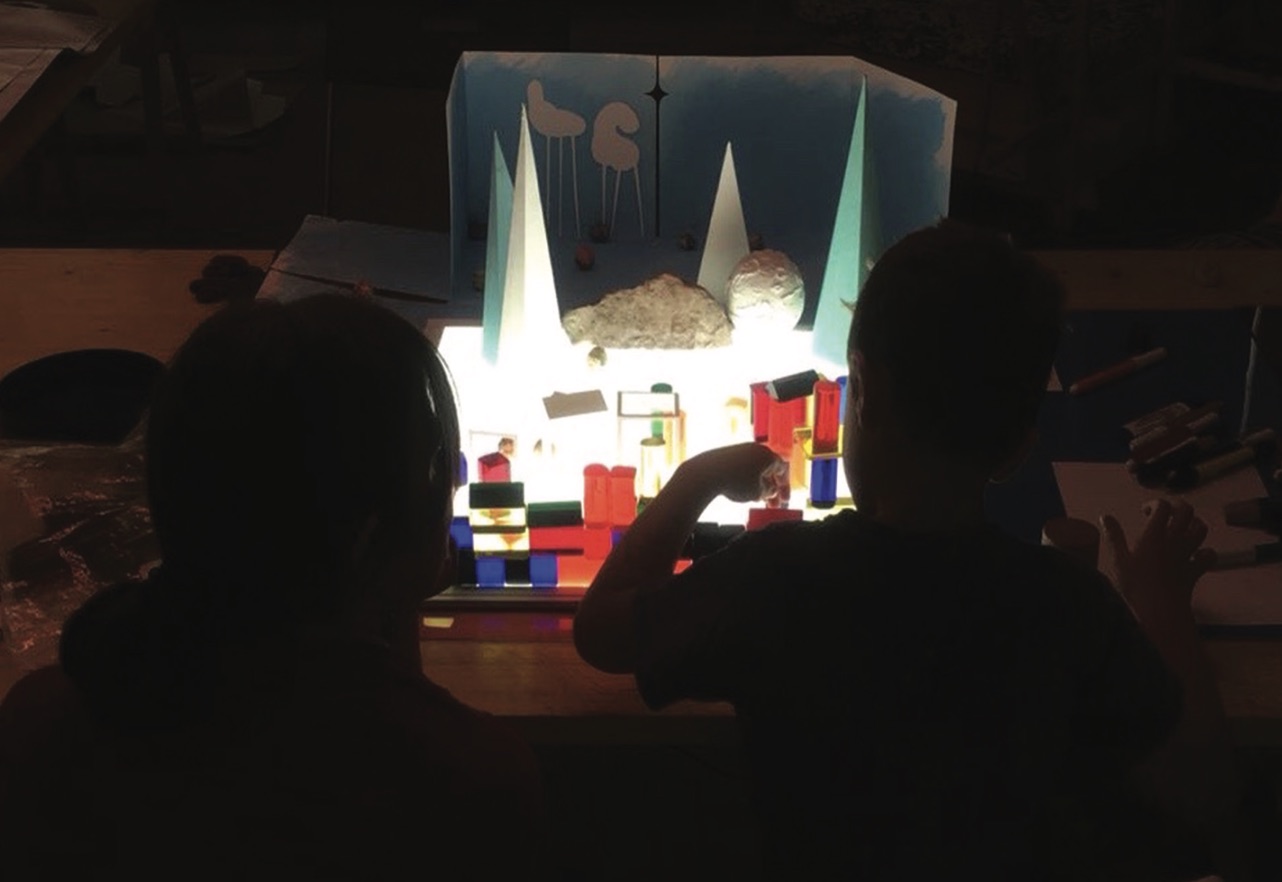Behind the simple observation of an image or a scene, there actually is a very intense and complex neuronal activity. To understand the functioning of our visual system, let us divide its functioning into three main activities: seeing, looking and understanding. Seeing is the function of the eye where, by collecting information from the external environment through its receptors, it then sends that information to the brain. Looking is a more complex activity that is expressed through the careful exploration of every element of the world around us. Understanding means the processing of the many visual messages gathered with a conscious understanding: where I am, what objects surround me, who are the people next to me, etc. This set of skills is not innate and requires a series of visual experiences for its development which, in the presence of anomalies causing blindness or low vision from early childhood, may not be easily acquired. It is therefore important, in the child with visual impairment, to begin early educational and rehabilitation courses in order to stimulate both the residual vision and all the other senses.

Play is also essential. Many activities can be carried out with the child and family members in the form of games, making the experience not only more captivating and fun, but allowing for the strengthening of the child-parent relationship. The parent will also become more active and involved in the process. Children can draw on many personal resources to rely on to gather information: listening to voices and noises, smelling things, appreciating the details of nearby objects through touch, for example. To encourage hands-on experience throughout these educational and rehabilitation pathways in order to stimulate both residual vision and every other sense, the Istituto Cavazza has organized a "magical room," called Atelier Tolomeo. The room is filled with colourful, soft, fun-to-touch-and-look materials. Supportive studio teachers bring life to the objects which take the shape of both games and tools, all things made to be observed, touched and listened to.
The conceptual guidance provided by the health teams guiding the child (teamwork is necessary in this environment) are put into practice thanks to the inspiration and inventiveness of the lab staff. The possibilities of enriching home environments with stimuli are plenty. It is possible to use lights, coloured carpets, large black and white striped fabrics, or create real "mini environments" where you can experiment with fun new sensations. This environment, created in collaboration with experts from the health and art fields, is now an integral part of the course for the Technology Help Centre staff. Now in its third edition, it was developed for professionals, members of the multidisciplinary teams in education and visual rehabilitation centres, working on a daily basis with issues relating to blindness and low vision.




.png)